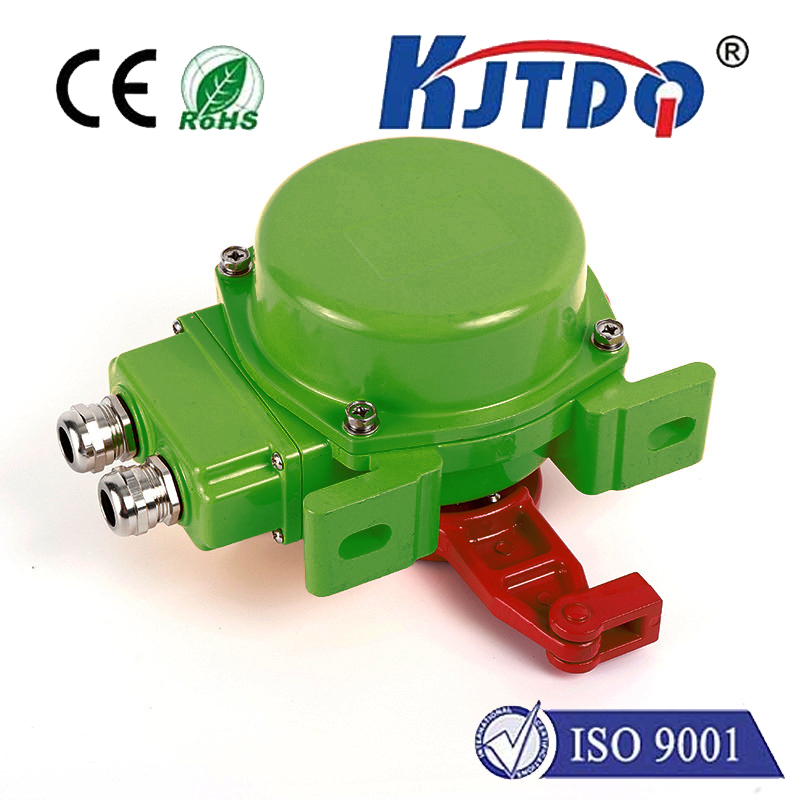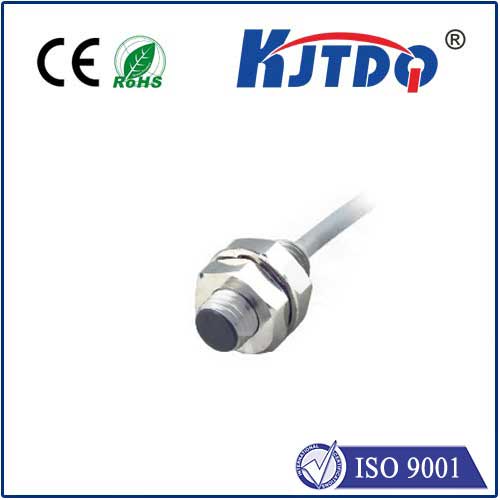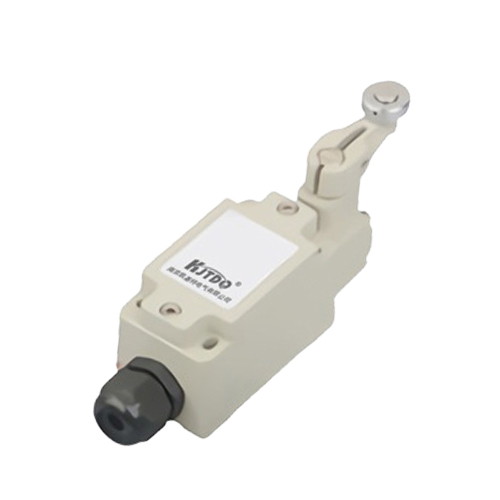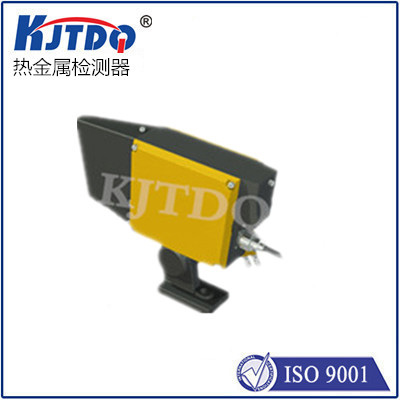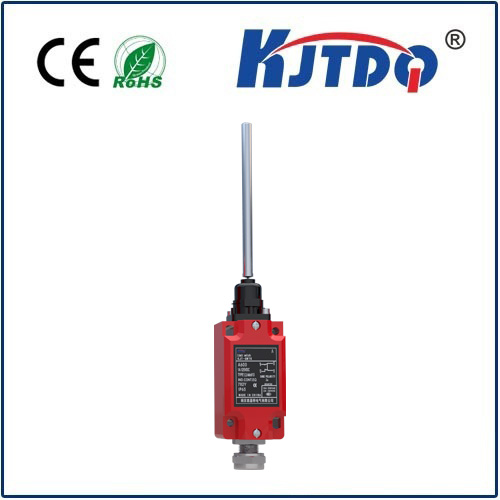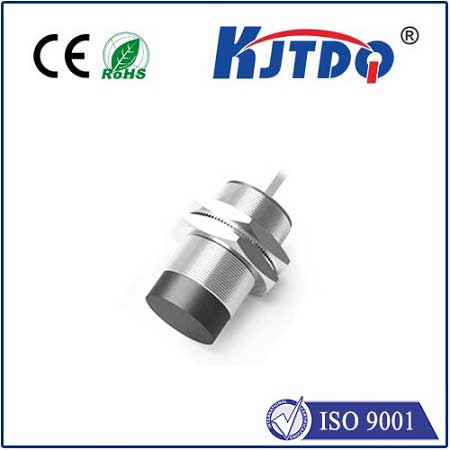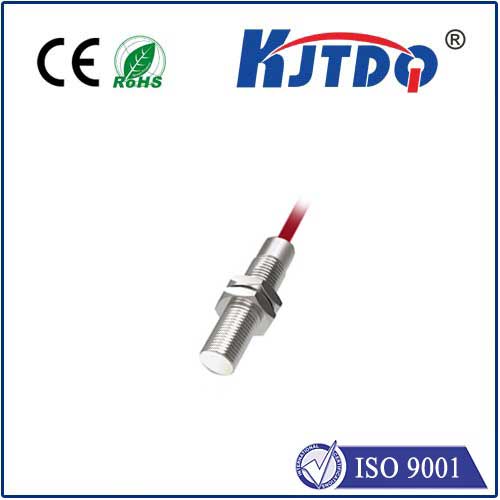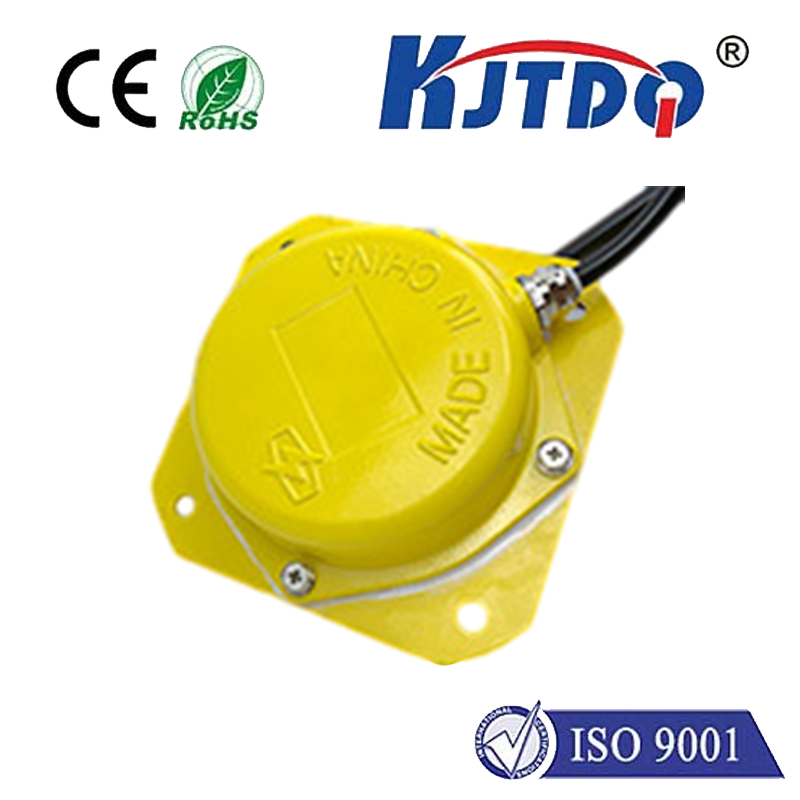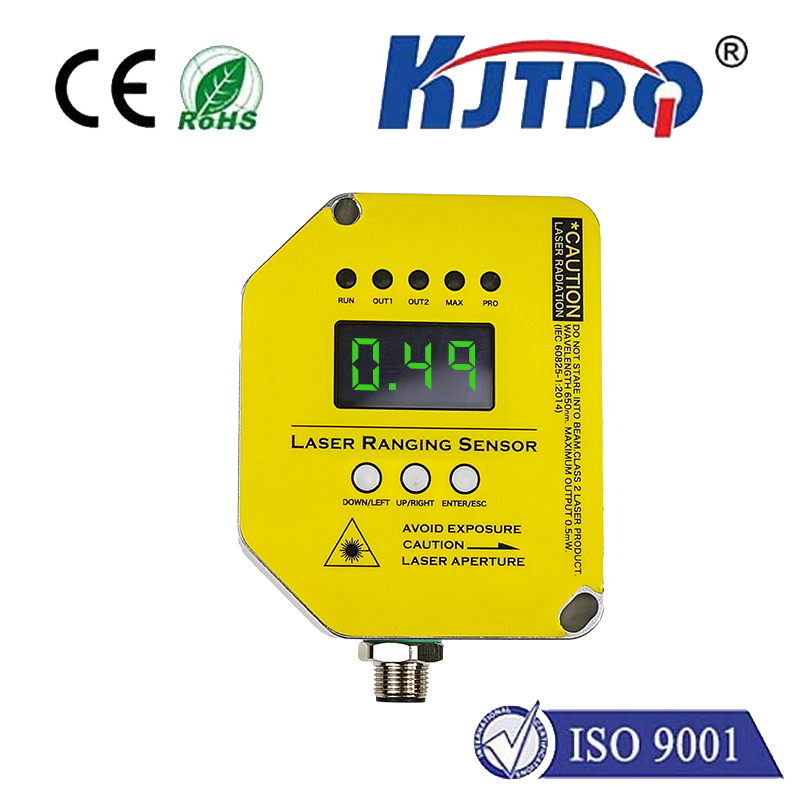

check

check

check

check

check

check

check

check

check

check
The healthcare industry has witnessed a significant transformation with the advent of innovative technologies, one of which is the inductive pulse sensor. This cutting-edge device has revolutionized medical diagnostics and monitoring, providing accurate and timely information to healthcare professionals. In this article, we delve into the power and potential of inductive pulse sensors in medical applications.
Introduction
In the past, pulse oximetry was the primary method used to measure blood oxygen levels in patients. However, this technique had several limitations, such as inconsistent readings, discomfort for patients, and limited availability. In response to these challenges, scientists developed inductive pulse sensors to overcome these issues. These devices use electromagnetic fields to measure the amount of infrared radiation emitted by blood vessels when they are exposed to oxygen. This approach offers several advantages over traditional pulse oximetry techniques, making it an indispensable tool for healthcare professionals.
Accuracy and Precision
One of the most significant benefits of inductive pulse sensors is their accuracy and precision in measuring blood oxygen levels. Compared to pulse oximetry, these devices offer superior accuracy, ensuring that patients receive reliable and consistent readings. Additionally, they provide more precise measurements by detecting subtle changes in heart rate and blood flow patterns. This enhanced precision makes them particularly useful for monitoring patients with respiratory disorders or chronic conditions that affect oxygen metabolism.
Comfort and Convenience
Another key advantage of inductive pulse sensors is their comfort and convenience. Unlike pulse oximetry, which requires direct contact with the patient's skin, these devices do not cause any discomfort or pain during measurement. They are also non-invasive, making them suitable for use in a wide range of settings, including emergency rooms, intensive care units, and home care settings. Moreover, inductive pulse sensors are wireless, making them easy to use and transport, further enhancing their convenience for healthcare professionals.
Real-time Monitoring and Analytics
Inductive pulse sensors offer real-time monitoring capabilities, allowing healthcare professionals to track patient progress and detect early signs of deterioration. By integrating these devices with other medical technologies such as electronic health records (EHRs), healthcare providers can access comprehensive data on patient vital signs and medical history, enabling them to make informed decisions about treatment and care plans. Furthermore, advanced analytics algorithms can be applied to this data to identify trends and patterns, providing valuable insights into population health and resource allocation.
Challenges and Opportunities
Despite their numerous advantages, inductive pulse sensors face some challenges in widespread adoption. One major challenge is cost, as these devices can be expensive compared to traditional pulse oximetry equipment. However, as technology continues to evolve, the cost is expected to decrease, making these devices more affordable for healthcare professionals and consumers alike. Another opportunity for future research is exploring how inductive pulse sensors can integrate with wearable devices and other emerging technologies to improve patient care even further.
Conclusion
In conclusion, inductive pulse sensors have transformed the way medical professionals monitor and diagnose respiratory diseases by providing accurate and reliable readings. Their accuracy, precision, comfort, and convenience make them a critical tool in modern healthcare applications. As technology continues to advance, we can expect to see even more innovative developments in this field, leading to improved patient outcomes and better quality of life for individuals with respiratory disorders.
